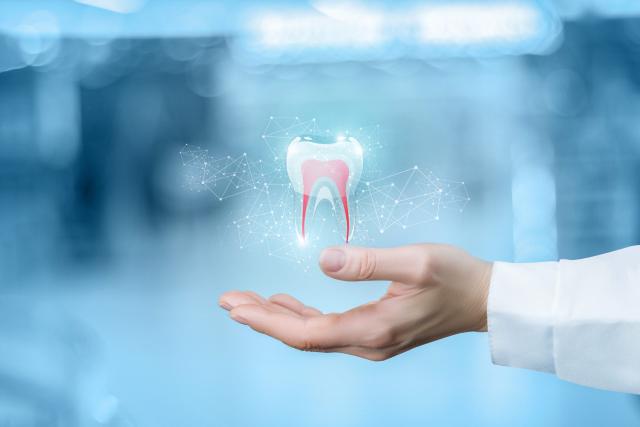Root Canal therapy eliminates the infected pulp issue of a tooth, cleans, shapes and decontaminates the pulp chamber and canals, obturates the space with permanent dental materials. Root canal therapy saves the patient from extreme pain, infection, bone loss, chronic abscess or even spread of the local infection.
Saving the day with Root Canal therapy
Your dentist removes the inflamed or infected pulp, carefully cleans and shapes the inside of the root canal, then fills and seals the space. Afterward, you need a second visit with your dentist to place a crown or other restoration on the tooth to protect and restore it to full function. After restoration, the tooth continues to function like any other tooth.
Is Root Canal a painful procedure?
Many endodontic (root canal) procedures are done to relieve the extreme pain caused by pulp inflammation or infection. With anesthetics and modern techniques, most patients report that they are comfortable during the procedure.
For the first few days after treatment, your tooth may feel sensitive, especially if there was pain or infection before the procedure. This discomfort can be relieved with over-the-counter or prescription medications. Follow your dentist’s instructions carefully.
Your tooth may continue to feel slightly different from your other teeth for some time after your endodontic treatment is completed. However, if you have severe pain or pressure or pain that lasts more than a few days, please call your dentist.
Special care after Root Canal
You should not chew or bite on the treated tooth until you have had it restored by your dentist. The unrestored tooth is susceptible to fracture, so you should see your dentist for a full restoration as soon as possible. Otherwise, you need only practice good oral hygiene, including brushing, flossing, and regular checkups and cleanings.
Most endodontically treated teeth last as long as other natural teeth. In a few cases, a tooth that has undergone endodontic treatment does not heal or the pain continues. Occasionally, the tooth may become painful or diseased months or even years after successful treatment.
Extraction or Root Canal?
Whenever possible, it is better to maintain a healthy, natural smile , and root canals allow for just that. Extracting and then replacing a tooth results in more treatments and procedures, and could even impact neighboring teeth and supporting gums.
